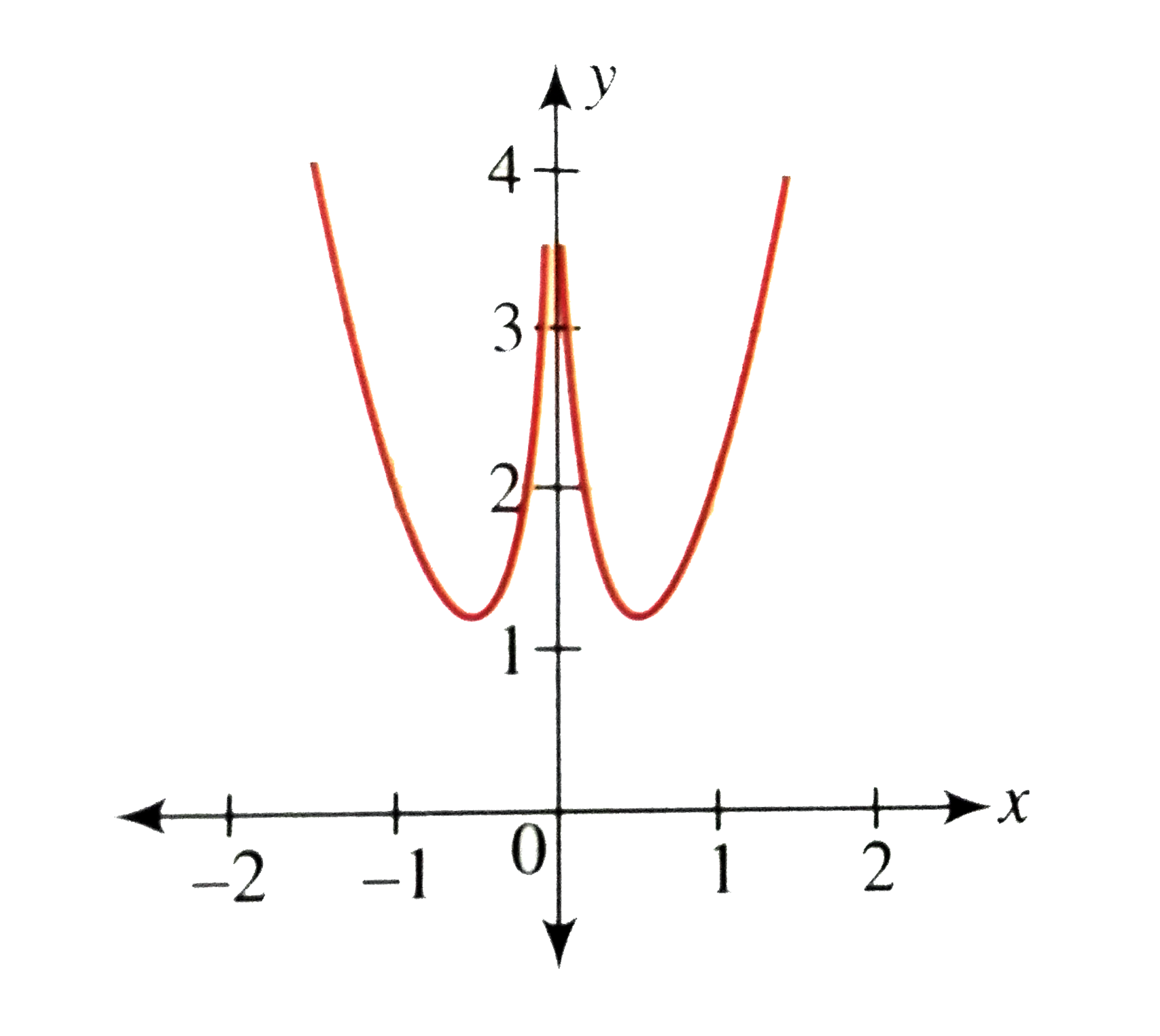Draw the graph of f(x)=ln(1−ln x). Find the point of inflection.
Video Solution
Text Solution
f(x)=ln(1−ln x)
f(x) is defined if 1−ln x>0
or ln x<1
or 0<x<e
So the domain is (0,e).
Also, f′(x)=−1(1−ln x).1x<0
So f(x) is continous and decreasing ∀x∈(0,e).
Further limx→0+ln (1− ln x)=ln (1+∞)=∞
limx→e−ln (1−lnx)=ln (1−1−)=ln 0+=−∞
For the point of inflection, f''(x)=−ln xx2(1−ln x)2
Clearly, f''(1)=0, so x=1 is a point of inflection.
From the above discussion, the graph of y=f(x) is as shown in the following figure.

From the graph, y=0 and y=e are asymptotoes.
|
Updated on:21/07/2023
Topper's Solved these Questions
Similar Questions
Draw the graph of f(X)=loge(1−logex). Find the point of inflection
View SolutionDraw the graph of y=x/ln x
View SolutionDraw the graph of f(x)=ex1+ex. Also find the point of inflection.
View SolutionDraw the graph of y=sin−1(logex). Also find the point of inflection.
View SolutionDraw the graph of f(x)=sgn(logex).
View SolutionDraw the graph of f(x)=sgn(log0.5x).
View SolutionDraw the graph of y=log2x.
View SolutionDraw the graph of y=−logex.
View SolutionDraw the graph of y=loge(x+3),
View SolutionDraw the graph of y=1logex
View Solution

